
A Light in Darkness:
The Solar Power Electrification Story of Aja Ney, Mongar, eastern Bhutan
There are two things I had very little knowledge about when I started this journey:
1) How do solar PV plants work?
2) Aja Ney (there isn’t enough information online)
With the risk of overdependency on hydro power, the department of Renewable Energy in Bhutan is exploring various energy sources to transform rural lives and solar power is one such avenue. But this solar project is so much more than just its technical achievements. The project unfolds the story of a place many in Bhutan have very little idea about.
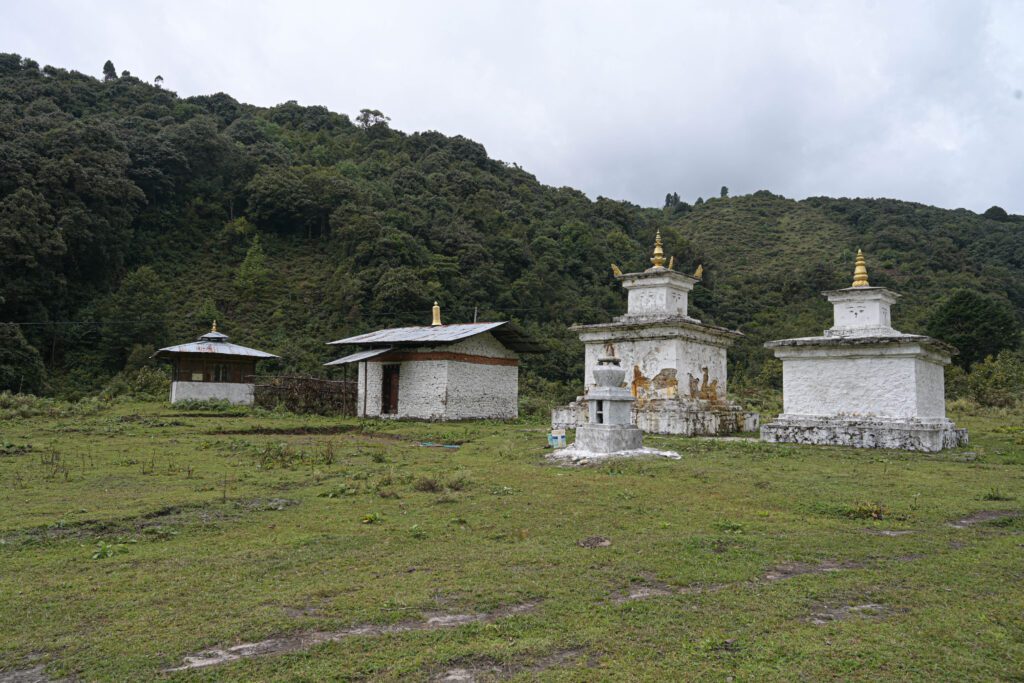
Aja Ney is one of the most sacred pilgrimage destinations in Bhutan with over 100 sacred Neys (sites) of Guru Rinpochhe. It is believed that one good deed done in this place is equivalent to a 1000 good deeds and one chant of prayer is equivalent to another 1000. The region is also the second last place in Bhutan to receive electricity (the last one being Lunana)
On this journey, together with the story of the Solar Project, we explore the history, significance and stories of the people who live here and what the solar project means to them. This has been the most exhausting and fulfilling trip in my many years of travel and I hope you’ll come with me as I explore this inspirational project in this sacred place of Aja Ney.
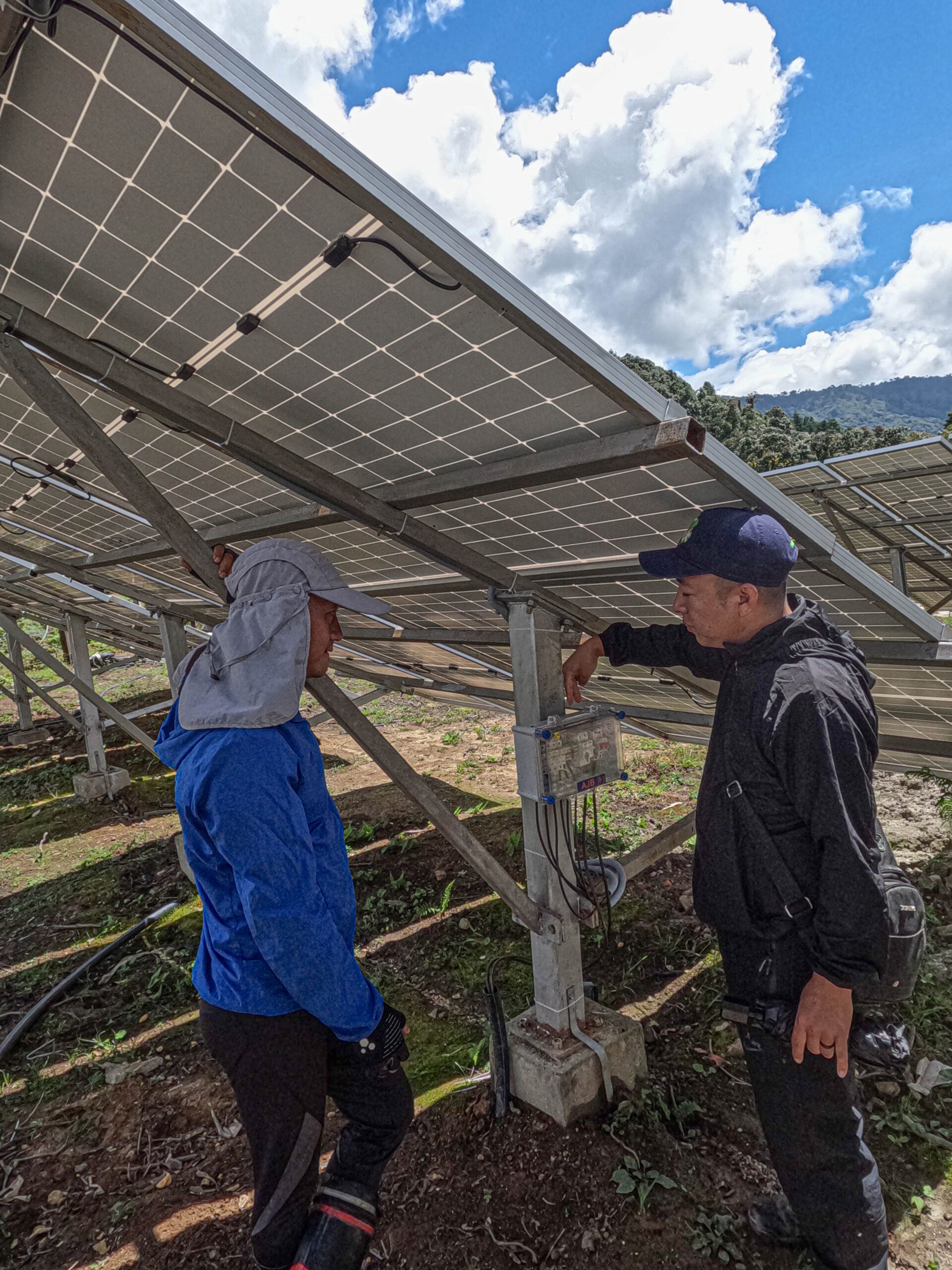
What is the Solar PV Project in Aja Ney?
The off-grid solar power rural electrification project is an initiative by the Department of Renewable Energy with support from Bhutan for Life, Bhutan Foundation and Bhutan Ecological Society. This type of electrification project is fairly new in Bhutan and is a step towards “diversifying Bhutan’s electricity supply to achieve energy security in the face of climate change and sustainability,” according to DRE.
The Aja Ney Project has 3 PV Plants on 3 sites:
1) Dawathang 50 kilowatts
2) Pema Yangdzong 25 kilowatts
3) Dungkarchholing 5 kilowatts
How does the off-grid Solar Power System Work?
When sunlight is received by the solar panels, the solar energy gets transformed into electricity through the photo voltaic process. This PV charge creates an electric current (specifically, direct current or DC), which is captured by the wiring in solar panels. This DC electricity is then converted to alternating current (AC) by an inverter. AC is the type of electrical current used when you plug appliances into normal wall sockets.
The Solar Panel PV system is designed to produce more power than households use during the day. The excess power is fed into the batteries at the plant so stored energy can be fed into homes even during cloudy or rainy days.

Why in Aja Ney?
As Aja Ney falls in the core area of the Bumdeling Wildlife Sanctuary, the plan to deliver electricity through BPC transmission lines were disallowed due to its impact on the park’s forest cover. With no foreseeable future of lighting up the community, DRE stepped in to explore alternative means to electrify this rural part of Bhutan with support from Bhutan For Life and Bhutan Foundation.
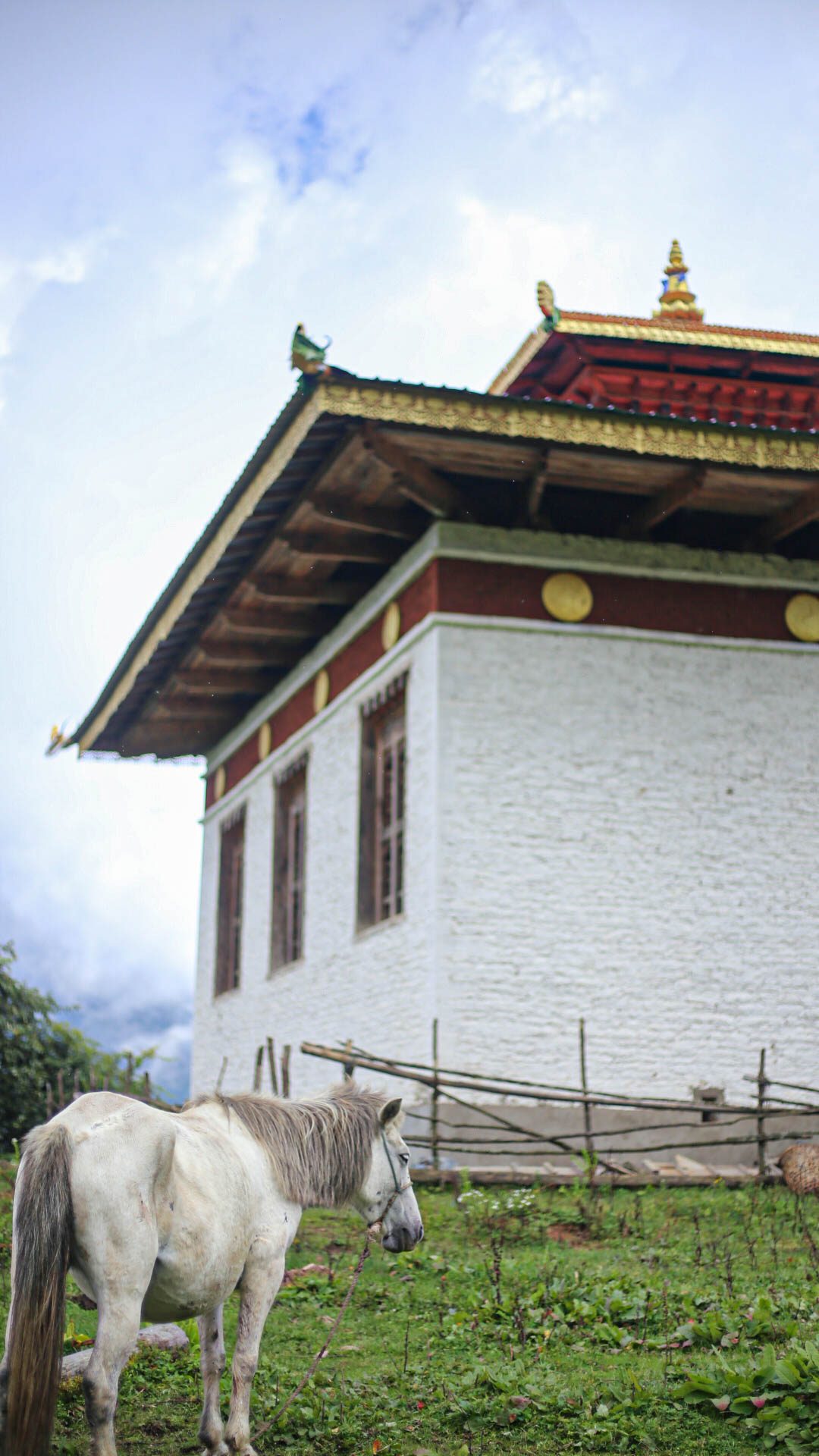
The Place – Aja Ney, Mongar Eastern Bhutan
What does the name Aja mean?
This is the cave where Guru Rinpochhe meditated that gave this place its name – Aja Ney which translates to the Hundred Ahs (from the dzongkha alphabet) blurry inscriptions that you see on the walls of the cave as you make your way up the valley.
We arrived at the heart of Aja Ney, the temple of Pema Yangdzong built by Gangtey Trulku and it is also the home of several tshamkhangs (hermit homes) Dzongpon/Koenyer Damcho Dorji describes Pema Yangdzong as the heart of the Mandala that is Aja Ney. “Aja Ney is protected by the powerful deity Tadongma, whose lair is very close to Pema Yangdzong. With a head of Tigress and a Tiger for a steed, Guru Rinpochhe subdued its powers to be used to protect the Dharma. It is also believed that there is a huge lake underneath Aja Ney hence you’ll find Drupchhu everywhere in this valley.” He also said that the Guru Rinpochhe had made a seal on the rock with the letter “Ah” when the demons tormenting the valley had been subdued.
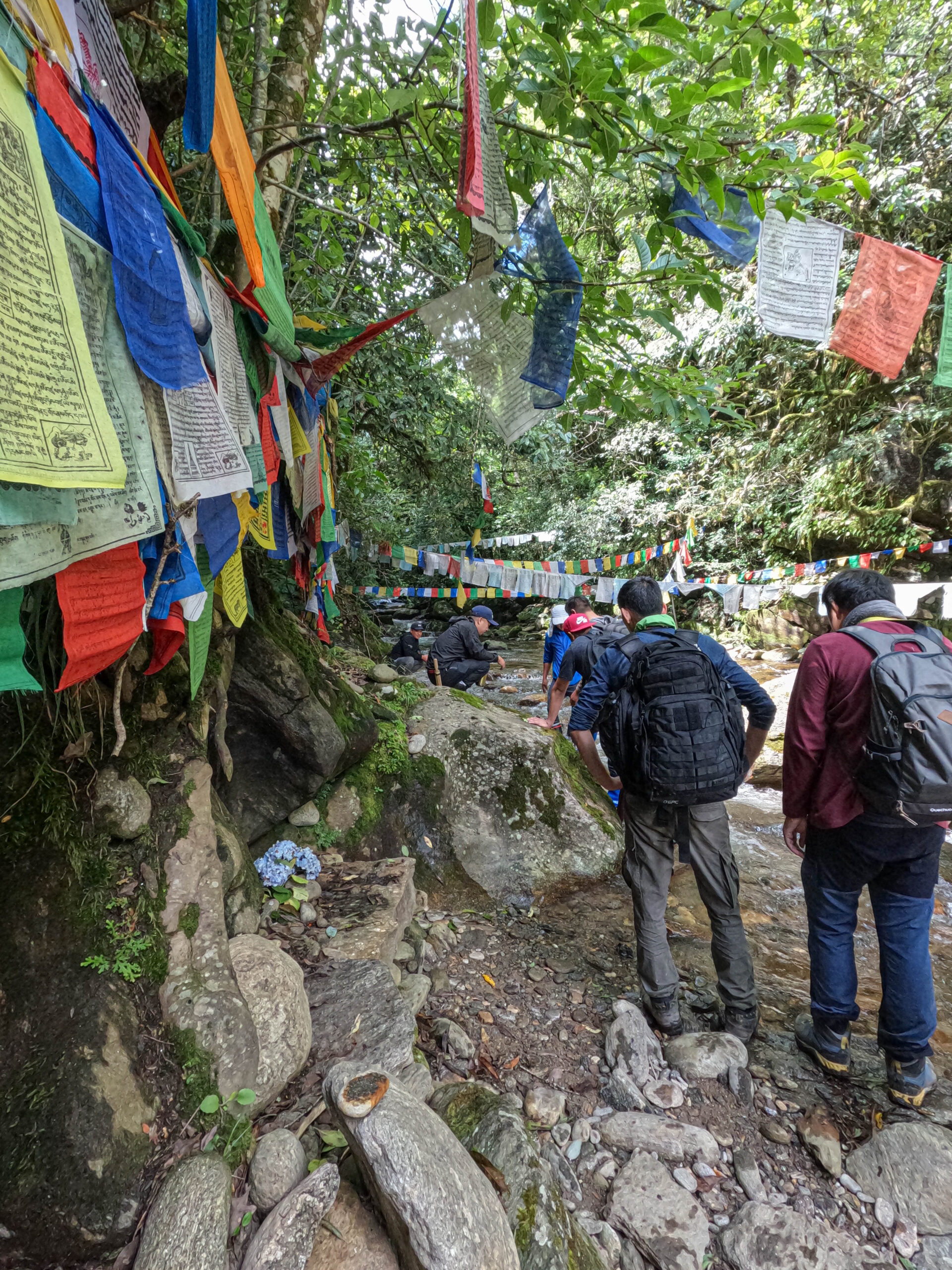
How to Get there
Aja Ney is a culmination of more than a 100 sacred sites of Guru Rinpochhe scattered across the thick forests, cliffs, mountains and rivers in a region under Shermung Gewog in Mongar. It is believed that the valley falls near the border of Mongar that touches Lhuentse in the north, Trashiyantse in the northeast and Trashigang in the east. “Aja Ney falls in the heart of the border with these four dzongkhags on all sides,” explains Galey sir, the Solar Project Leader from Dept of Renewable Energy. He’s been to Aja so many times that he feels like a local.
After crossing Yadi (an hour away from Mongar town) you take a diversion towards Shermung gewog after which you find yourself on a bumpy 2 hour drive on a recently paved farm road towards Yarab Village.
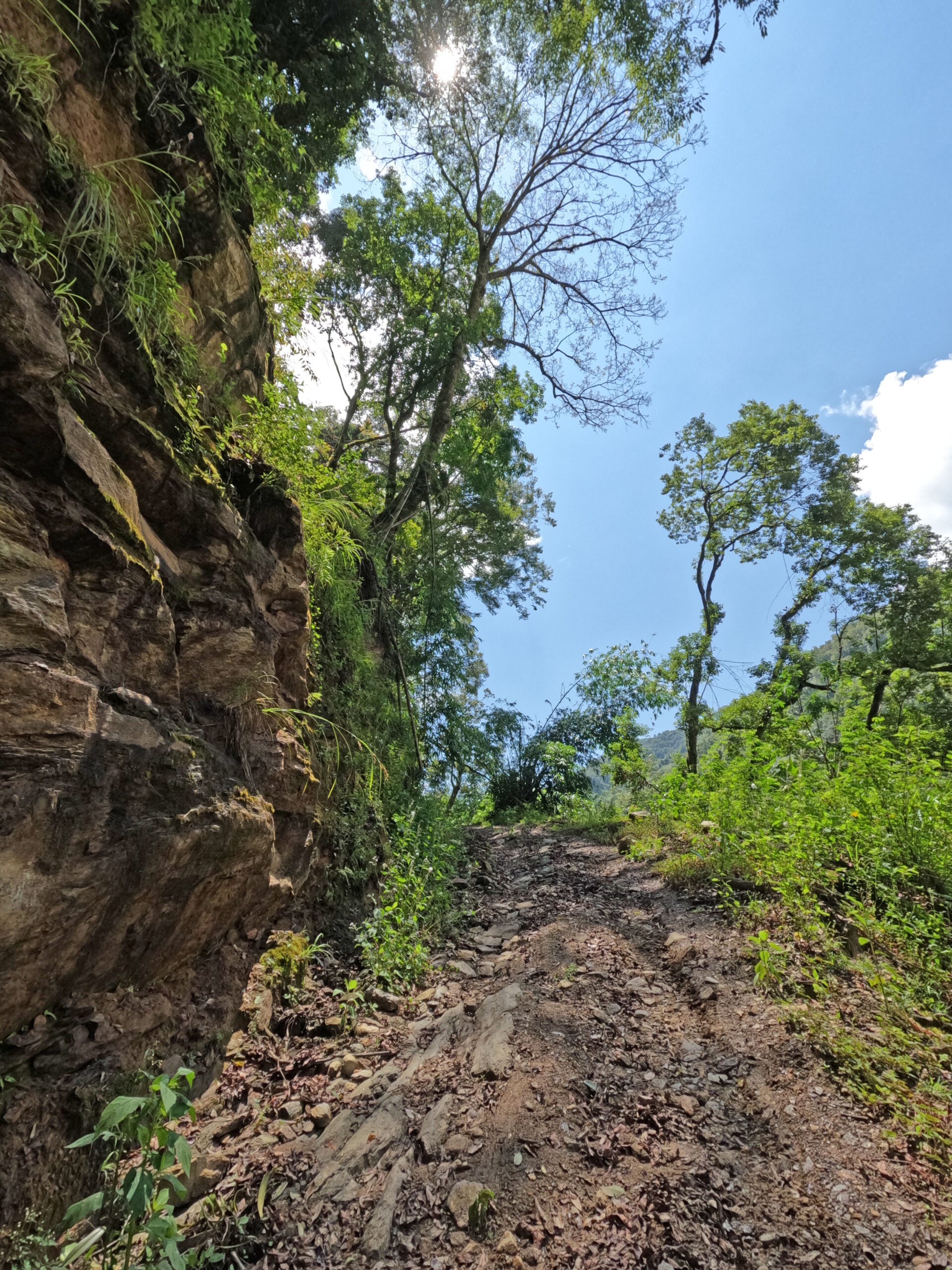
Please note: do not attempt to take this road if your car does not have 4wd Drive. Although the mud subsides during the pilgrimage months (October to March) the steep uphill farm road is not built for vehicles that aren’t meant for off-road trips. 👉TIP: You can book a bolero from Yadi or Shermung but make sure you do the booking in advance. It can cost between Nu. 3000 to Nu. 4000 (one way) during the pilgrimage season.
After arriving at Yarab village, you take a 6 hour hike towards Aja Ney. I once heard that the walk to Aja Ney is one of the most grueling experiences. But since the farm road was created to Yarab in 2021, the walk to Aja Ney has been made much easier for pilgrims. The region is closed off for 6 months every year based on the regional La Dum culture where communities are sealed off from visitors from outside. “During these months, it is believed that outsiders can affect the energy of the elements which can wreak havoc on our annual harvests,” says Galey sir. This is why pilgrims are only allowed during the following 6 months to visit the sacred valley.
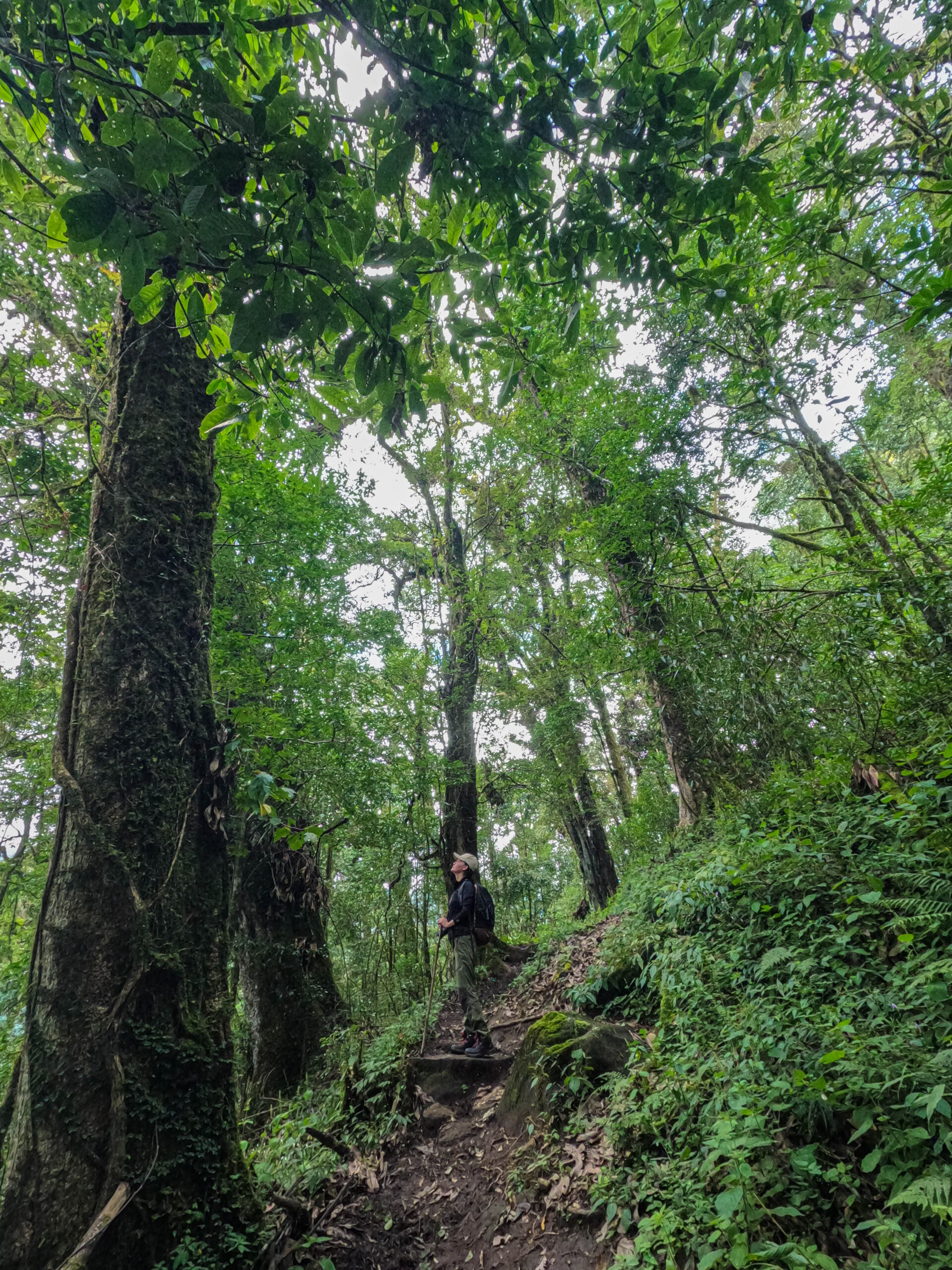
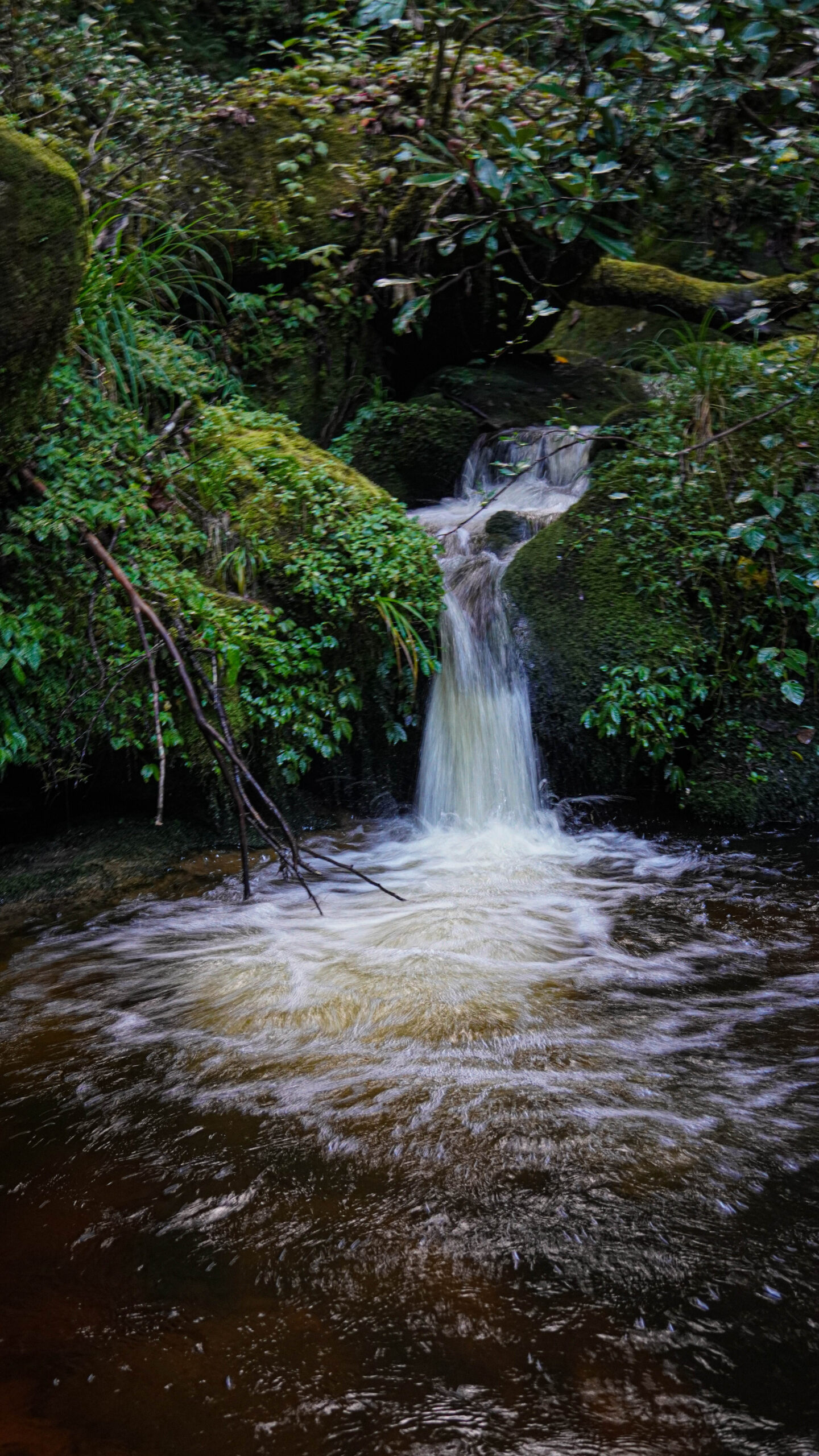
The walk to Aja Ney:
You cross bamboo groves, steep slopes overlooking clear rivers and dense forests. The climb is relatively easier but quite long. Although the trail is a horizontal stretch, navigating through the mud and puddles because of the late summer rains can be quite the challenge.
You have to perform quite the balancing act on the thin bamboo sticks laid to support your feet from sinking in the mud. If you’re traveling in early autumn, you’ll still need to be wary of swarms of sandflies and leeches…of all sizes and colors.
The tall trees in the thick forests provide considerable shade even if you’re walking under the afternoon sun. You’ll be pleasantly surprised to find many well-designed canopies and trash bins built by the authorities of the @bumdelingwildlifesanctuary
Local contact at Aja to book porters and horses 77223313 ☎️
The story continues in my continuing blogs.